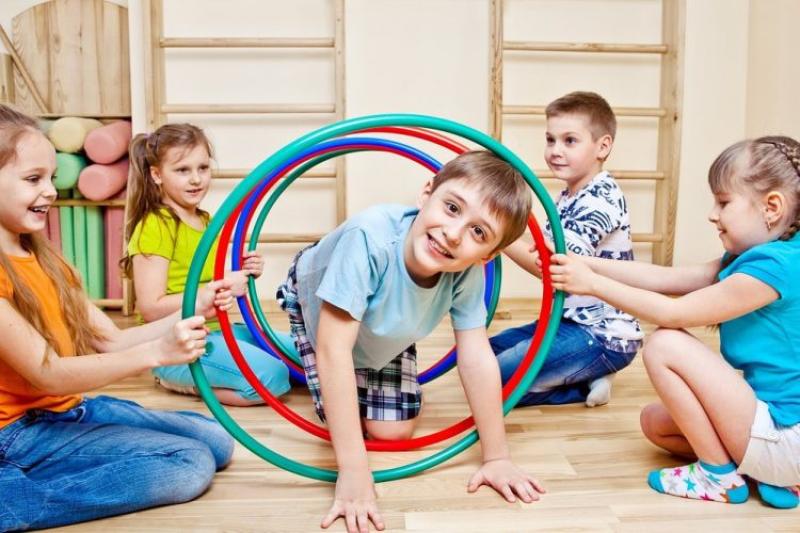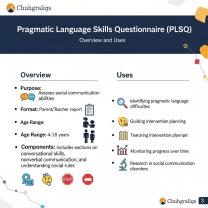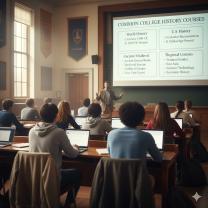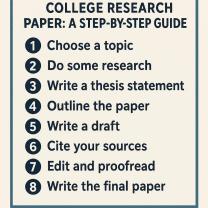How do preschoolers promote physical development?
Promoting physical development in preschoolers is crucial for their overall well-being and lays the foundation for a healthy lifestyle. Here are several ways to encourage physical development in preschoolers:
Active Play:
- Provide a variety of age-appropriate toys and equipment that encourage movement, such as balls, climbing structures, and tricycles.
- Create spaces for active play both indoors and outdoors, allowing preschoolers to run, jump, climb, and play games.
Structured Physical Activities:
- Introduce structured activities like dance, gymnastics, or organized sports that promote coordination, balance, and strength.
- Incorporate music and movement activities to enhance gross motor skills.
Outdoor Play:
- Outdoor play is essential for physical development. It exposes children to fresh air, nature, and a variety of sensory experiences.
- Provide opportunities for activities like nature walks, scavenger hunts, and playing on playground equipment.
Fine Motor Skill Development:
- Encourage activities that develop fine motor skills, such as coloring, cutting, and crafting. These activities help in developing hand-eye coordination and finger strength.
- Provide toys like building blocks, puzzles, and beads that require manipulation and precision.
Obstacle Courses:
- Set up simple obstacle courses with cones, tunnels, and balance beams. This helps develop coordination, spatial awareness, and balance.
Yoga and Stretching:
- Introduce basic yoga poses and stretching exercises to promote flexibility and body awareness.
- Use story-based or animal-themed yoga sessions to make it engaging for preschoolers.
Active Games:
- Play games that involve movement and coordination, such as Simon says, duck-duck-goose, and follow the leader.
- Organize relay races to encourage teamwork and physical activity.
Healthy Eating Habits:
- Promote healthy eating habits to support overall physical health. Provide nutritious snacks and meals, and involve children in age-appropriate cooking activities.
Sleep:
- Ensure that preschoolers get adequate sleep, as proper rest is essential for physical development and overall well-being.
Limit Screen Time:
- Minimize screen time and encourage active play instead. Excessive screen time can hinder physical activity and development.
Promote Independence:
- Allow children to independently dress and undress, button shirts, tie shoelaces, etc. These activities contribute to the development of fine and gross motor skills.
Regular Health Check-ups:
- Schedule regular health check-ups to monitor growth and development. Address any concerns or developmental delays early on.
Remember that every child develops at their own pace, so it's essential to provide a variety of opportunities and activities that cater to different interests and abilities. Creating a supportive and engaging environment will foster a love for physical activity and contribute to a preschooler's overall development.
What activities or approaches do preschoolers engage in to enhance physical development?
Preschoolers are naturally active and curious, and they learn best through play. Here are some activities and approaches that preschoolers engage in to enhance physical development:
1. Gross Motor Activities:
Gross motor activities involve large muscle groups in the body and help children develop coordination, balance, and strength. Examples include:
Running, jumping, skipping, and hopping: These activities help children develop cardiovascular endurance and coordination.
Climbing, crawling, and rolling: These activities help children develop strength, flexibility, and spatial awareness.
Playing with balls: Throwing, catching, kicking, and rolling balls help children develop hand-eye coordination and motor planning skills.
Playing on playground equipment: Slides, swings, monkey bars, and other playground equipment provide opportunities for children to climb, balance, and explore different movement patterns.
2. Fine Motor Activities:
Fine motor activities involve small muscle groups in the hands and fingers and help children develop dexterity, control, and coordination. Examples include:
Playing with blocks: Building, stacking, and knocking down blocks help children develop hand-eye coordination, problem-solving skills, and spatial awareness.
Playing with puzzles: Putting together puzzles helps children develop fine motor skills, problem-solving skills, and patience.
Drawing, painting, and coloring: These activities help children develop fine motor skills, creativity, and self-expression.
Playing with manipulatives: Manipulatives such as beads, tweezers, and play dough help children develop fine motor skills, hand-eye coordination, and sensory skills.
3. Sensory Play:
Sensory play involves exploring different textures, sounds, smells, tastes, and sights. This type of play helps children develop their senses, which are essential for physical development. Examples include:
Playing in a sandbox: Sand provides a variety of textures for children to explore, and it can be used to build, mold, and create.
Playing in water: Water play helps children develop their sense of touch and temperature awareness.
Playing with different sounds: Listening to music, making sounds with instruments, and playing sound games help children develop their auditory sense.
Exploring different tastes and smells: Trying new foods and smelling different scents helps children develop their sense of taste and smell.
Playing with different textures: Playing with dough, slime, or other tactile materials helps children develop their sense of touch.
4. Movement Games and Activities:
Movement games and activities combine physical movement with music, rhymes, and imagination. These activities help children develop coordination, rhythm, and creativity. Examples include:
Action songs: Singing and moving along to action songs helps children develop coordination, rhythm, and following instructions.
Animal movement games: Pretending to be different animals and imitating their movements helps children develop imagination, coordination, and gross motor skills.
Dancing and freeplay: Dancing to music and moving freely helps children develop coordination, rhythm, and self-expression.
Obstacle courses: Creating an obstacle course with pillows, blankets, and other household items provides opportunities for children to climb, crawl, and balance.
5. Outdoor Play:
Outdoor play is essential for physical development, as it allows children to explore a larger space and engage in a wider variety of activities. Examples of outdoor play activities include:
Running, jumping, and playing on playground equipment: These activities help children develop cardiovascular endurance, coordination, and balance.
Exploring nature: Walking, hiking, and playing in nature help children develop gross motor skills, sensory skills, and an appreciation for the natural world.
Playing sports: Playing catch, soccer, or other sports helps children develop teamwork, hand-eye coordination, and sportsmanship.
Riding bikes, scooters, or tricycles: These activities help children develop balance, coordination, and spatial awareness.













